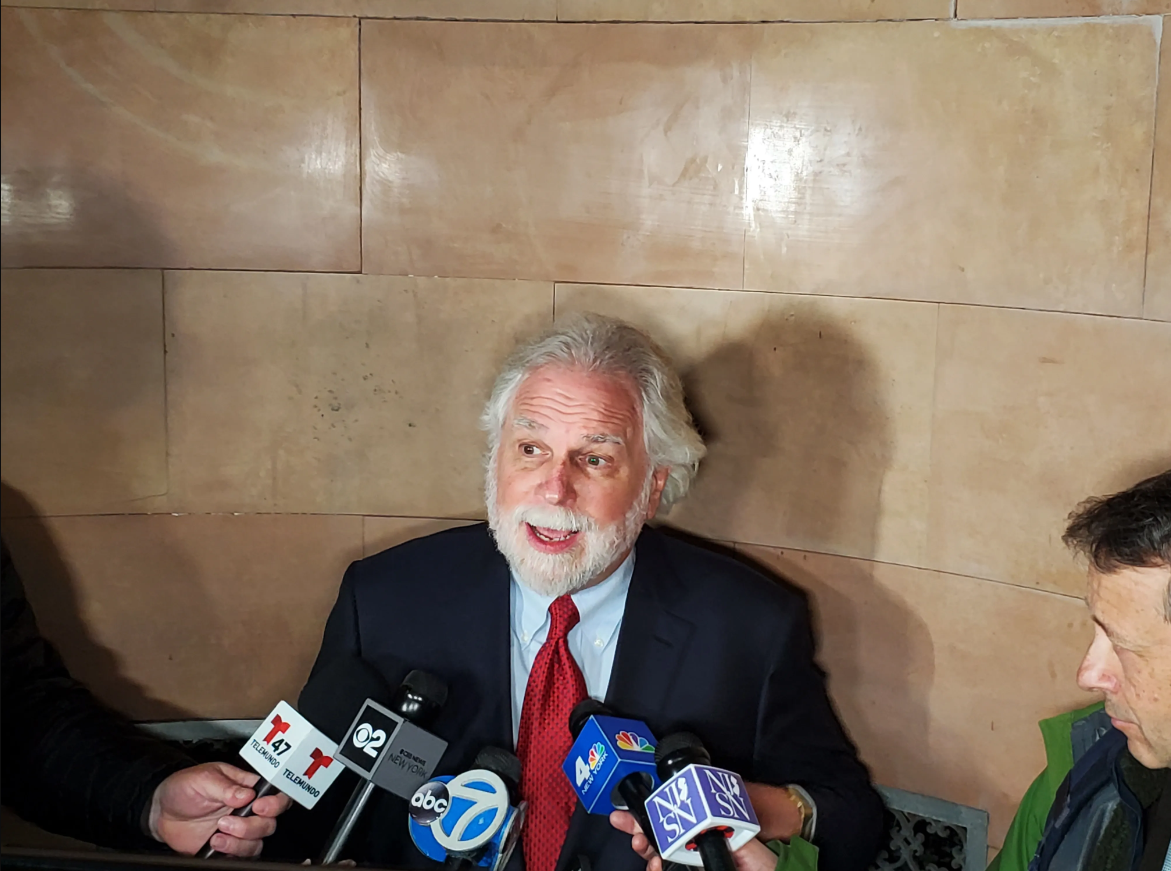Mythology is rife with the fantastic monster, hybrids between fierce creatures that embody the most frightening features of each parent. Think about the sphinx, the centaur, the mermaid, and the pantheon of Egyptian gods. Our fascination with these hybrids did not end with the ancients, just google “hybrids” and you will see the results of some bizarre breeding programs. As interesting are the names “tigon and liger,” “pizzly bear” and “zonkey.”
This weekend’s Toronto Star ran a story about a less startling, but ecologically more important hybrid, the coywolf. Coyotes, wolves, and domesticated dogs can all interbreed freely, but generally do not given differences in social behaviour and opportunity. However, recent eastward expansion of the coyote’s range, and fewer “would-be” mates for the wolves due to shrinking populations may have tipped the balance, increasing the likelihood of wolves and coyotes interbreeding.
The resulting offspring, coywolves, have some traits of wolves (large size and pack hunting) and some of coyotes (smaller home range, flexibility in habitat requirements, less wary of humans). This combination is creating a conflict in the rural-suburban areas to the east and north of Toronto, as these new hybrids are bold enough to hunt in packs during the daylight.
In most cases, when two different species interbreed, there is no offspring. When there is an offspring, it usually is at a disadvantage to both parental species. However, every now and then, the result is a hybrid that combines the advantage of both parental species, and may even displace both parental species, essentially becoming a new species in its own right. This may be what we are seeing with the coywolves, evolution in action.
Far more common, and flying under the radar, are hybridizations that occur between plant species or invertebrate animals. Often these hybridizations are with invasive species, new to a habitat.
Often when we write articles about environmental challenges, the subtext is that we as a species are directly to blame. This one is a bit different. Humans do not dictate the behaviours and proclivities of plants and animals. However, we do introduce would-be mates by moving exotic species around the planet (accidentally or intentionally), by altering habitat, and by reducing populations. We do not make the lonely wolf odd enough to mate with a coyote, but we may leave the odd wolf lonely.
– Sophia Dore is an environmental scientist with Conestoga-Rovers & Associates. Andrew Laursen is an assistant professor at Ryerson University; earthtones.metro@gmail.com.
















